
Exclusive interview | Top 1 for 6 consecutive years, what three things did PETKIT do right?
Exclusive interview | Top 1 for 6 consecutive years, what three things did PETKIT do right?
01
Become a technology company or a commercial brand?
"You must have a dream of tens of billions, be able to see opportunities worth one billion, and be able to do a business worth one hundred million."
In 2013, PETKIT was born in Shanghai. The founders, Guo Weike and Guo Weixue, are twin brothers who have worked for more than ten years in leading companies in the field of mobile phone chip and complete machine research and development. At that time, 3C electronics was a hot-money industry with a lot of capital flow and frequent successful business cases. In addition, the country promoted "mass entrepreneurship and innovation". The two brothers and several old colleagues hit it off and decided to jump out and become a "10-billion enterprise".
What kind of track can give birth to tens of billions of companies? This group of science students began a careful deduction: team genes, channel conditions, and consumer psychology.
First of all, they are a team with strong technical genes and can make smart products, but the positioning of start-ups must avoid the fields where the leading manufacturers are located. Taking into account the market environment at that time, they locked in the maternal and infant and pet markets.
After further investigation, they found that the products and channels in the maternal and infant track are very mature, regional dealers have a strong voice, and emerging brands have no bargaining chips; in contrast, in the pet track, domestic pet products at that time were old and could not satisfy the new generation of pet owners. The demand of the crowd, and even the provincial channel dealers’ business is in the order of tens of millions, so there are opportunities for cooperation.
However, not long after choosing the pet track, PETKIT suffered its first failure.
In the existing understanding of several men in science and engineering who are engaged in chips, a tens-billion enterprise must be a data-oriented platform enterprise, and accordingly, the products should be lightweight. Therefore, PETKIT’s first product is the “Smart Dog Tag”. This is an algorithm-driven product that can monitor pets 24 hours a day. Through long-term behavioral data collection, we can understand the life patterns of pets and when behaviors occur. Proactive reminders and warnings for minor changes.
Naturally, they thought of negotiating sales with downstream pet hospitals. "If a pet develops a health problem and the product is purchased from you, the customer will definitely come for consultation and treatment as soon as possible."
The logic is smooth, but commercialization is difficult because this is an "indirect" business. What the brand sells to pet hospitals is a future scenario, but when will this happen? No one can tell.
"Business is not about showing off muscles. What business needs is simplicity, directness and efficiency. Consumers must know what you do at the first time." Guo Weike said when reviewing this failure.
So when conceiving the second product, the team chose a lightweight smart product that was not technically difficult but whose effects could be seen on the spot—a weighing bowl.
The insight of this product came from Guo Weike's personal experience. In a pet store, he saw pet owners counting prescription food by "grains". He further thought of the weight control needs of many pets, so he added a new color to the original feeding bowl. Changes have been made, adding weighing components and a display screen, and using the APP to monitor the pet's movement and provide a feeding plan. This became PETKIT Xiaopei’s first million-level product.
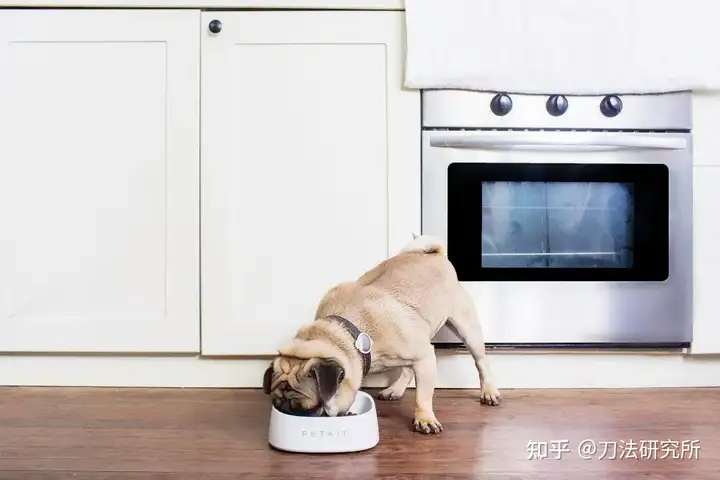
PETKIT small wear weighing bowl
The second million-level product is an automatic water dispenser for cats. From 2014 to 2015, the domestic pet market was still in the stage of imitating the European and American markets. It was dominated by dog products, with few cat products. The cat water dispenser was also a smaller version of the dog product. By chance, a dealer with a veterinary background mentioned that cats are prone to urinary system problems due to insufficient drinking water. Therefore, PETKIT developed the fountain-type cat in response to cats' preference for flowing water, taking into account their body shape and drinking habits. Dedicated automatic water dispenser.
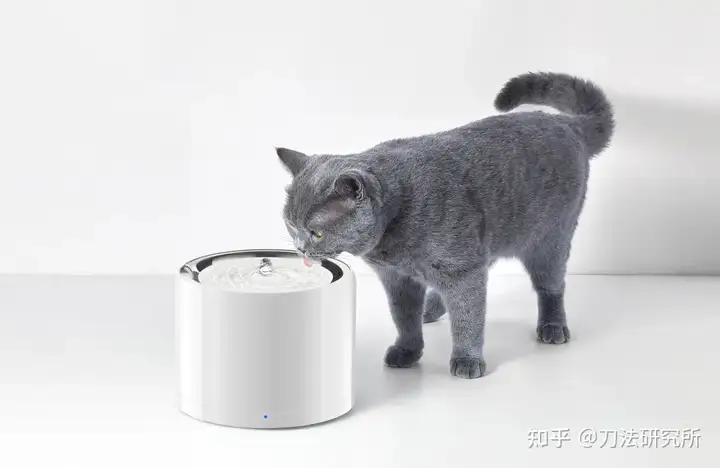
PETKIT Xiaopei smart water dispenser
What these two products have in common is that the technical implementation is not difficult, but the insights are so subtle that they can do business in an extremely small track.
This in turn made Guo Weike rethink the brand's development plan for the first 1-2 years: "We must have a dream of tens of billions, be able to see billions of opportunities, and be able to do a business of 100 million. We can master very cutting-edge technology, but Cutting-edge often means high education costs and selling prices, which are not very suitable when it comes to product commercialization, especially for new brands, which should be done step by step.”
02
Should I do a business that does not make money now?
"We asked ourselves two questions: Do consumers need it? Does the pet industry need it?"
Two million-level products have allowed PETKIT to successfully cross the line between life and death. While online sales have grown steadily, in 2017, Xiaopei began to develop offline chain stores.
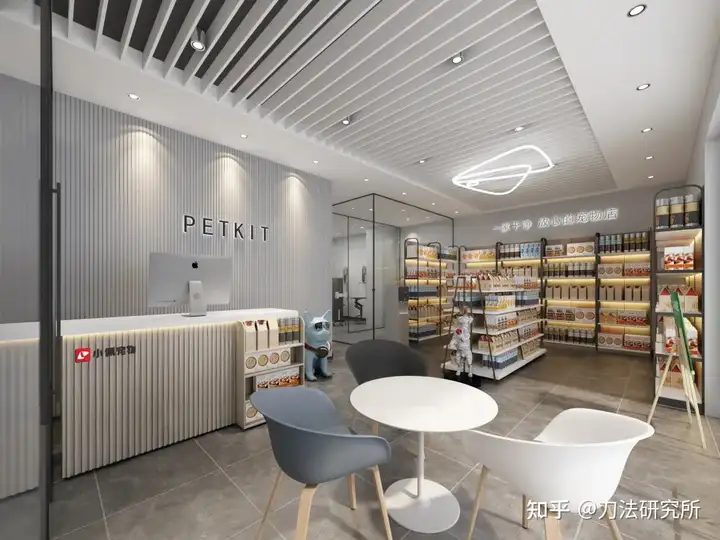
PETKIT Xiaopei store map
Looking back now, Guo Weike's evaluation of offline business is "a pity". This is more due to the cannibalization of offline business by online e-commerce and the devastating impact of the three-year epidemic on offline business. But six years ago, the largest players in the global pet market, whether in North America, Southeast Asia, or Japan, were offline chain stores. However, there was not a thousand-store chain in China. This was the opportunity that brands saw.
It is an opportunity but there is no reason why no one does it. Compared with online stores, the cost of offline stores is higher, and small companies have no money to do it; the input-output ratio is unclear, and large companies are unwilling to do it.
So is PETKIT Xiaopei going to do it? The team asked themselves two questions: Do consumers need it? Does the industry need it? "
The answer to both of these is yes. Guo Weike shared, "From a macro perspective, there are 700,000 to 800,000 professional and technical personnel in the field of pet care and pet grooming. Chain stores are an employment channel; for brands, channel negotiation efficiency is large chains > dealers > independent stores "For consumers, store services vary greatly, but with chain stores, you can solve the problem with just one phone call to the headquarters."
Even though in the short term, offline chains are not as profitable as e-commerce and cross-border profits, as a company that decides to delve deeply into the pet industry, this is something worth doing.
Of course, in addition to emotions, there are also business considerations.
The pet industry is very fragmented and covers the entire life cycle of pets. Although the retail business of food and supplies currently accounts for the majority, pet services have great potential, and most services need to return offline.
Take pet education as an example. Overseas, puppies need to undergo desensitization training after they are born. According to an interview with the media Xiaguang News Agency in 2022, "More than 90% of the post-90s generation in the United States default to sending their dogs to school."
This pet-raising trend has gradually entered the country, but the current domestic pet education configuration is not high. Even in front-line Shanghai, a search for "pet training school" only returns more than ten results, and most of them are located in the suburbs.
In fact, some pet training courses do not require much space. Compared with driving more than 20 kilometers to send dogs to training schools, Guo Weike believes that pet stores may become a very potential landing place. In addition to education, simple beauty and light medical treatments can be completed in community stores in the future.
At this stage, the pet service market is still in the process of involution. "Nine dollars and nine dollars are enough to wash a dog." Profits are low, and service personnel cannot get corresponding remuneration, which can easily lead to low service quality and fall into a vicious cycle. The first step to break the cycle is to do a good job in infrastructure construction. When the ineffective involution disappears and the industry gets back on track, it will be healthier from a commercial perspective.
"The pet service business will definitely rise in the future, and offline stores may become the winner of the brand's long-term development." As of now, PETKIT has about 700 stores in operation, and more than 200 more are waiting to be opened. The scale of the chain has always been at the forefront of the country.
03
Faster or slower?
"Ephemeral flowers are also flowers, but we prefer to be a cypress-type enterprise."
Guo Weike is sometimes reluctant to calculate the market ceiling.
For PETKIT, first of all, the user group does not have very urgent needs. Secondly, the products are positioned against durable goods. Thirdly, the number of core products is limited. After the rapid growth period, it will be difficult to achieve extremely high growth. Rate.
But this does not mean that brands are passive. In recent years, many major home appliance manufacturers have entered the pet industry. When it comes to market competition and business risks, he said he is "not too worried."
This kind of confidence certainly comes from the brand's own technology accumulation that has built competition barriers. The brand's internal R&D personnel account for more than 30%. So far, it has obtained more than 400 certification patents, trademark copyrights and other certificates, continuing the creation of the 3C category. Gene. On the other hand, PETKIT Xiaopei has begun to deploy multiple business lines, such as the pet medical brand "Victor Doctor", the pet wet food brand "Food Chain", the aquarium supplies brand "Origin", the pet care brand "Snowii", etc.
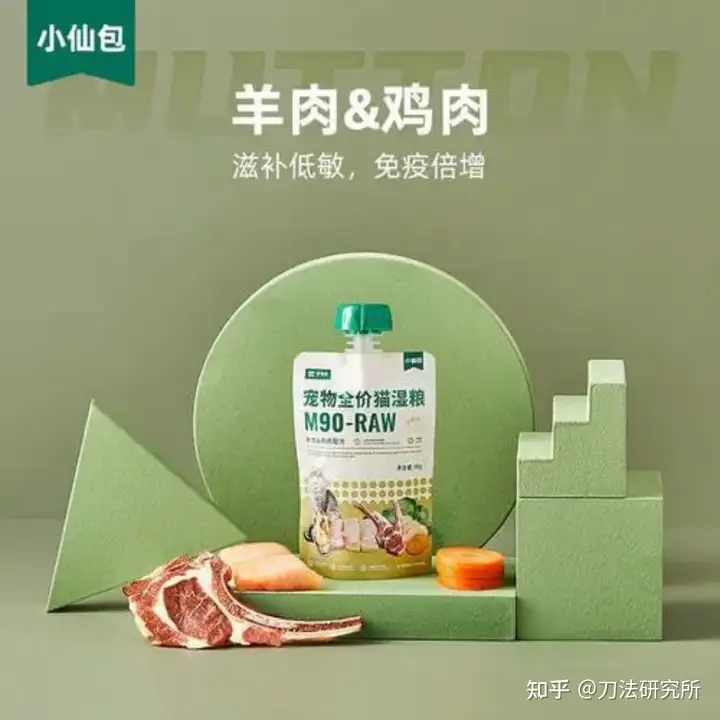
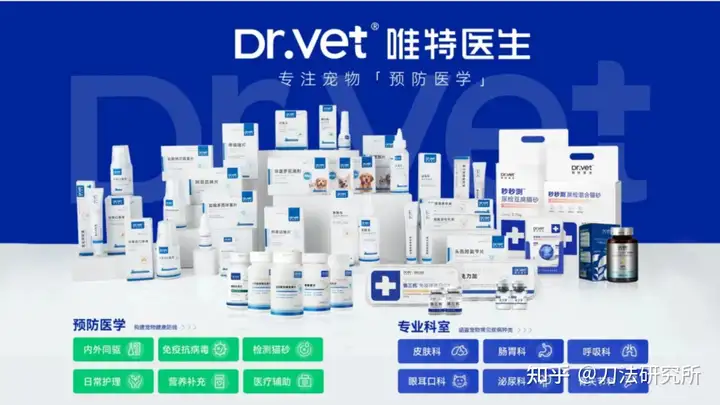

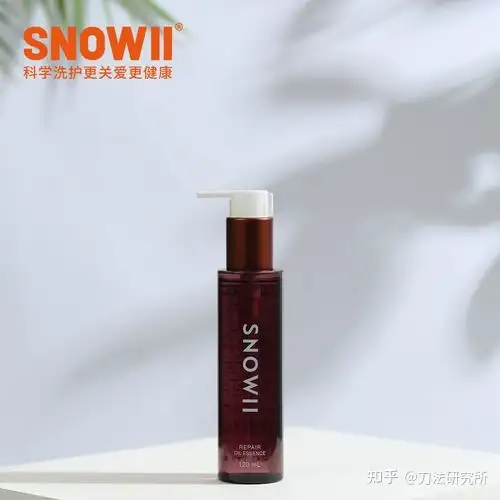
PETKIT Xiaopei Brand Matrix
The multi-brand layout is not only to share business risks, but also to solve the problems of team slack, increased internal friction and lack of innovation that may occur after entering the mature stage. The management of new brands is mostly carried out through the establishment of independent internal teams, which are separated from the parent brand at a very early stage. PETKIT's empowerment is more functional: finance, personnel, administration, etc.
"Every brand has its own DNA. The early stage of operation is the process of DNA being constantly copied and transformed into entities. The early DNA should not be mixed together, so that when it grows up, it can independently express its own brand proposition. Moreover, if a new brand has problems , early exposure and early resolution are the most efficient ways.”
This model has proven to be effective so far. Guo Weike revealed that two independent brands under PETKIT will raise funds this year.
Back to the brand itself, it seems to the outside world that after launching three major products: feeders, water dispensers, and cat toilets, PETKITseems to have entered the "toothpaste-squeezing" style update stage. After the product was released, based on consumer feedback When fine-tuning each new generation of products, calmness and boredom are two sides of the same coin.
But just like Intel claims to have "reserved 10 years of technology," PETKIT has actually reserved 3-5 generations of products. When releasing a new product of a certain generation, it predicts the next generation and plans for the next three generations. When the market develops steadily, brands will release products step by step from generation to generation. However, when encountering severe competition, brands also have the ability to skip generation releases. For example, the team is currently developing an automatic feeder for use with wet food, and will launch it when the market conditions are judged to be mature.
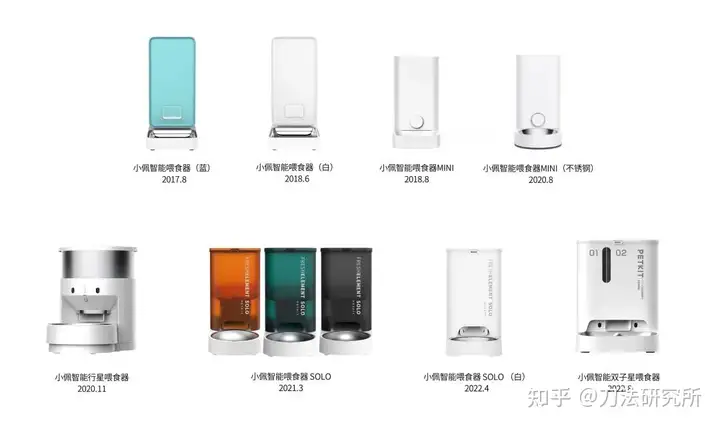
Smart feeder product iteration process
"Every year we rush so fast that the team will definitely not be able to bear it, but we also don't want to be regarded as a sluggish middle-aged uncle. If I make you feel that you have reached middle age, and suddenly start to look new again, wouldn't you be surprised? ?”
The sense of rhythm is very important to the brand. Perhaps this is the sense of rhythm that belongs to PETKIT.
04
Analyst comments
Reviewing PETKIT’s development history to date, there are at least two points worthy of reference by brands:
First, where does innovation come from?
Many times innovation fails to occur and is often stuck at "enough is enough." When large companies consider profits, it is difficult for them to invest all their efforts into the market. If they are building an internal team, the resources that can be mobilized are limited. The supply chain also lacks motivation. As long as there is a profitable business, people will not accompany you to take risks.
But the line between life and death is opportunity. It is often those brands on the edge of life and death that have the motivation to give it a last try and are willing to gain insight into very subtle small businesses that may not be appreciated by other brands.
Micro-innovation can bring a brand back from the edge of life and death, but in the long run, especially in technology-driven industries, simple innovation will definitely dry up. Deep innovation means that brands that have entered the deep water zone need to invest more resources to overcome it. The problem. After crossing the line of life and death, it is a matter of choice.
Second, what is the brand?
For vertical brands, the efficiency of centralized advertising may not be very high. So far, apart from joint branding and charity, PETKIT has not done any very centralized marketing activities. The team has always felt that the time has not come yet.
In fact, in the first two years since its establishment, PETKIT has developed the brand concept of "technological care", but how can this sentence be conveyed to the outside world efficiently: Is it to rescue many stray animals? Do you want to make a video about how happy cats and dogs are when they use smart products?
During the product development process, PETKIT experienced a similar problem: should it be cutting-edge in terms of parameters or let users feel cutting-edge? Is it to be safe in principle or to make users feel safe? The core question behind this is, do you tell consumers about your brand, or do you let consumers feel you?
The team's current answer is that the brand should do its job well in the details, and contribute to social progress and harmony between people and pets in every link. Imagine a virtuous society. We are good to people, and people are good to pets. After decades of accumulation, the brand will arrive as a result.
Shop the story
